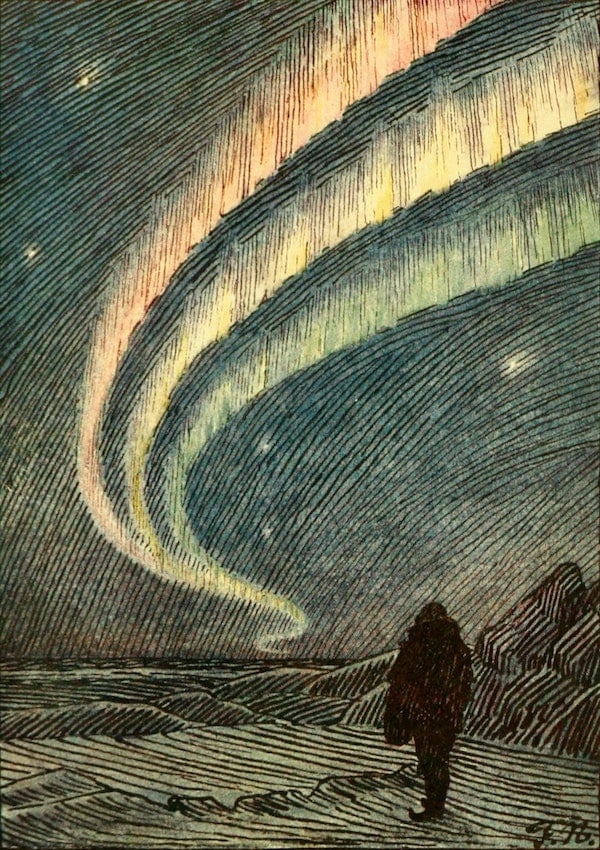An idea worth pursuing I guess. My first question: in case this gets forgotten about in the distant future, how could it be marked so there’s a good chance of being found?
(Link to the AIBS journal article which inspired the question: https://academic.oup.com/bioscience/advance-article/doi/10.1093/biosci/biae058/7715645?login=false )



Neat idea. I’d be worried about degredation from radiation though. I guess it would need to be underground?
Do we have these on Earth yet? Are the black-footed ferret cells and such frozen in Svalbard or something?
Svalbard’s a ‘seed vault’ only, there must be something for extinct animal species. Another question I thought of: if stored on the moon, who among the finders will know enough to even know that they’re looking at? let alone to make purposeful use of it?
Yeah, if it is intended to be used by a different society than the one who set it up, it will be difficult to communicate what it is or how to use it. Sounds like a more difficult version making a “nuclear waste buried here, do not dig” sign, and we haven’t come up with a surefire solution to that puzzle.
I feel like this one would be easier than the nuclear waste site. You don’t need to signal an intent, nor protect the site from non technological societies. Just include a picture of the archived organism. They will eventually figure it out.
I assume the hypothetical future society would share the same evolutionary tree as us. It’s pretty unlikely that any series of events would eradicate ALL forms of life on earth, forcing the evolution to basically start again, using entirely different processes and building blocks.
Now storing such archive on a celestial body famous for its massive craters and the lack of radiation protection is entirely different problem.
On the dark side it would probably be easier to shield it long term, provided it didn’t get hit by space poop.
The moon has no permanent “dark side”. Which half of the moon is in the shade gradually changes over the course of the lunar month. The only permanently shaded regions are deep craters at the poles, and even then there would still be radiation from cosmic sources other than the sun.
Or said another way, “dark side” means “side facing away from Earth,” not “side that doesn’t get sunlight.”
That sounds like “far side” not “dark side”. I would expect a dark side to be, y’know, dark.
It’s dark in terms of radio contact from Earth.
Space poop didn’t put it over the top huh? I must be losing my touch.